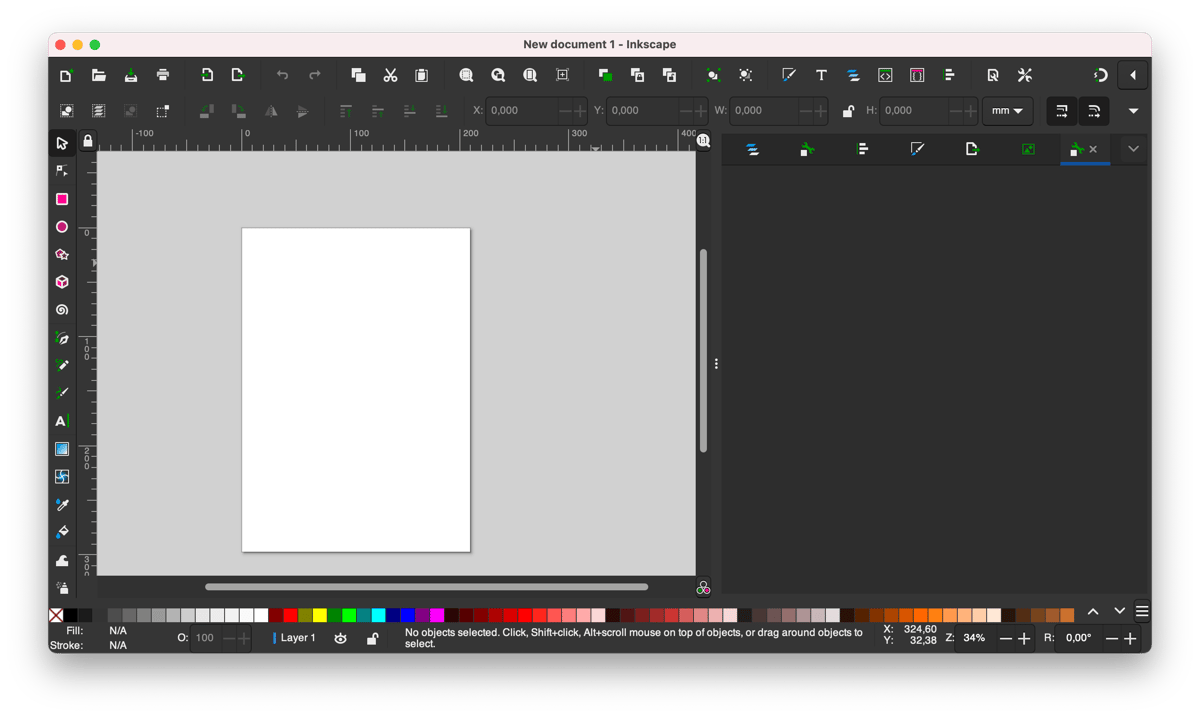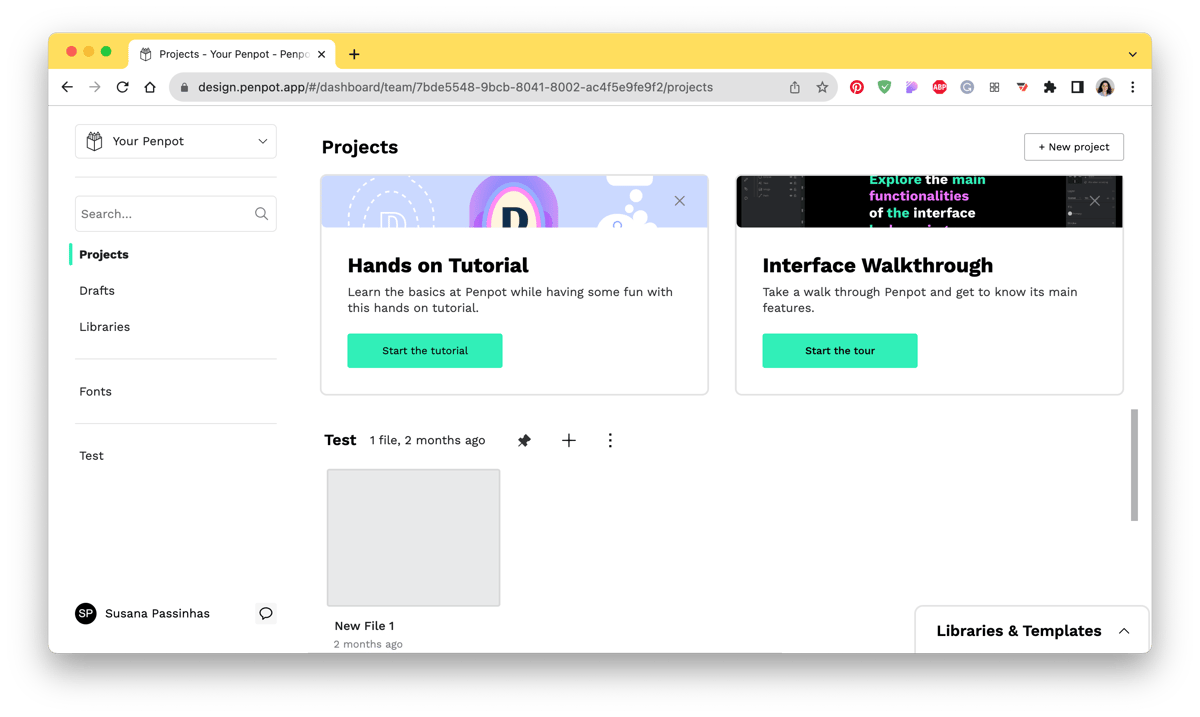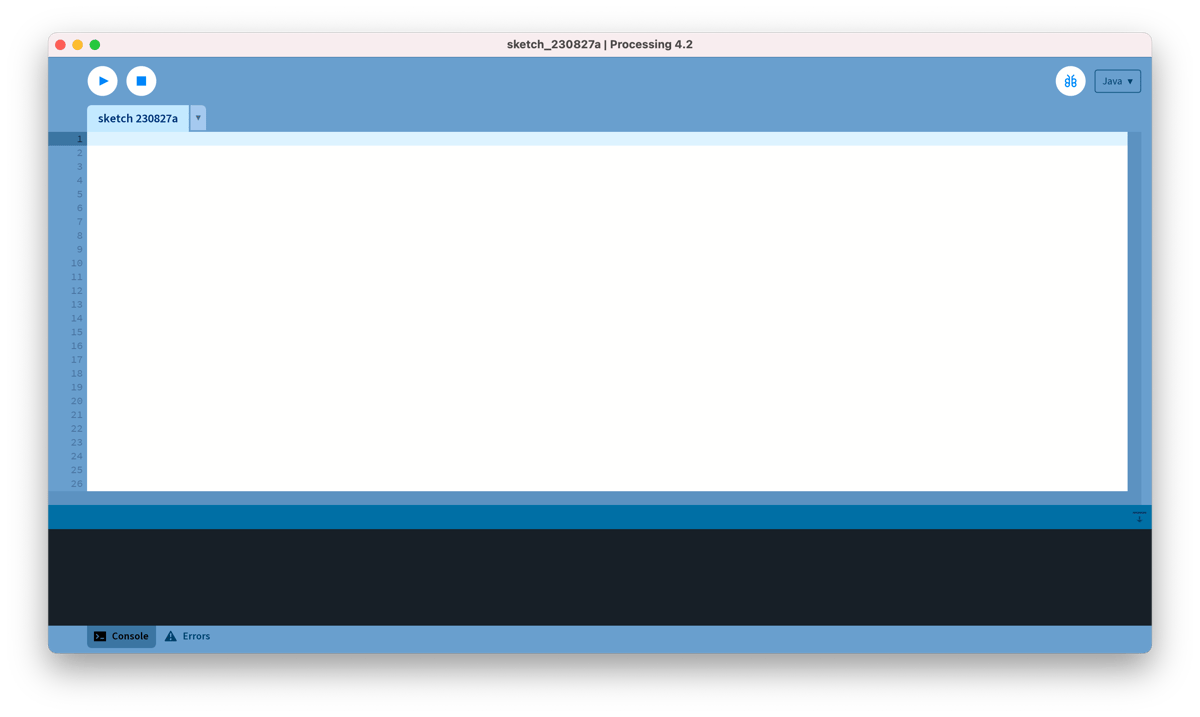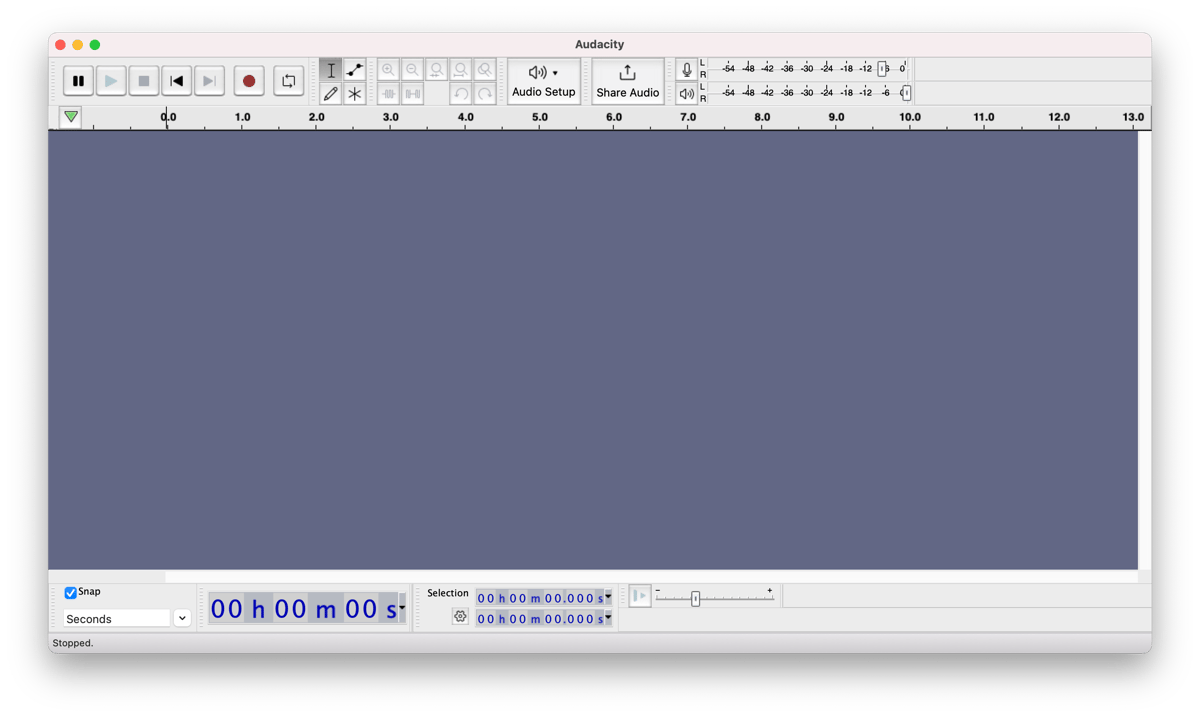
As a creative, you probably need to work with a lot of different tools and they all cost money, right? Wrong! There are a few tools in the market that are free and open-source to support your creative process.
So what does it mean to be open-source? It means that the code of the software is open. When the code is open, everybody can contribute — inspect, modify, and enhance the code. Depending on the license of the software you can even sometimes redistribute it commercially (e.g. Arduino).
If it's free how do they make money? Usually, it's through donations from its users, but sometimes there are also companies, and organizations supporting them.
Let's get into it!
During my FabAcademy course, besides using some of the tools I was already familiar with, I also got acquainted with some new ones. I will share with you the ones I think could be useful for your creative process and will talk a little bit about my experience using them. Mostly, I recommend you try them out and see if it's a fit for you.
For vector graphics — Inkscape

Inkscape is professional quality vector graphics software that runs on Linux, Mac OS X, and Windows desktop computers. It's quite similar to Illustrator and you can do pretty much everything you would do in Illustrator.
Now, there are a few things you need to learn because the shortcuts might not be the same, and if you were trained in Adobe like me, it's quite hard to not do instinctively what you are used to, or search for menus where you were used to find them.
Nevertheless with a bit of patience and checking their tutorials you can get there, It's worth trying, especially if you are starting your journey as a Designer and are not super addicted to Adobe tools (like I was).
For interface design — Penpot

I only got acquainted with the existence of Penpot when I got an email from Fab Lab Barcelona (where I did the FabAcademy program) offering a discount on the Penpot conference (Fab Lab is all about open-source tools and supporting them).
I went to take a look and I was quite impressed! It seems to be similar to Figma (recently bought by Adobe) and to have the same basic functions. I didn't deep-dive into it yet, but once again it seems it's just a matter of getting the habit of working on it. One thing is, that it doesn't seem to have an app version, meaning it's only browser-based. If you use it, let me know what are your thoughts in the comments!
For 3D modeling and animation — Blender

I just love Blender 😍. When I went to University in 2002 (over 20 years ago) I learned 3D modeling and animation in Blender and I was super into it. I knew all the shortcuts and I was really creative with it! I even tried to learn Python at some point (the language Blender is based on). As I progressed to be a UX/UI Designer I didn't use it so much in my day-to-day, but that doesn't mean I didn't keep the fire burning!
So, this year when I got the news we would be working with 3D software at Fab Academy I obviously wanted to rekindle my relationship with Blender.
Now, Blender has changed! It seems even more powerful and it was very interesting to see how it evolved. It continues to be in my opinion great for animation, much more than for technical work, though also possible to do it there of course.
One thing I learned is that all the 3D software seems to be evolving through the usage of code and in Blender it's called Geometry Nodes, so basically you can create your 3D structures by programming them using modules and changing the parameters. You can still do manual work, but it doesn't seem that the industry is walking that way anymore. I think it's fascinating and I did my Fab Academy final project structure using the Geometry Nodes!
The good news is that Blender is free and open-source too and, they have the promise to keep it like that forever. Blender is a public project hosted on blender.org, licensed as GNU GPL, and owned by its contributors.
For generative art— Processing

Ah, Processing, even bigger love than Blender. Why? It's just the perfect mix between art and code. What I love about it, is that you don't need to be a developer, you can just play with code examples and explore the outcomes (which is totally my thing). It's really simple to use and there are literally tons of examples of code to use and adapt.
When I first learned it I bought a book about generative art — Generative Gestaltung, with code examples and their visualizations. They have a new edition, it is worth checking it out!
You can also use Processing with Arduino and get some data through sensors (check an example of mine here). You can use it to create games, interactive installations, art, and everything in between and around it.
It is of course free and open-source, I would also recommend you check P5js which is a JavaScript library for creative coding.
For audio editing — Audacity

Audacity (multi-track audio editor and recorder) is another software I used at University over 20 years ago. It still works flawlessly and the interface it's super simple and gets the job done. It's also free and open-source. It works in Windows, macOS, GNU/Linux, and other operating systems.
So here you have it, tools that are free, made by everyone to everyone.
~ I will keep editing this story as I discover more tools worth mentioning ~
Susana Passinhas
UX/UI Design Educator • Senior UX/UI Designer • Digital Fabrication Expert
Follow me on:


